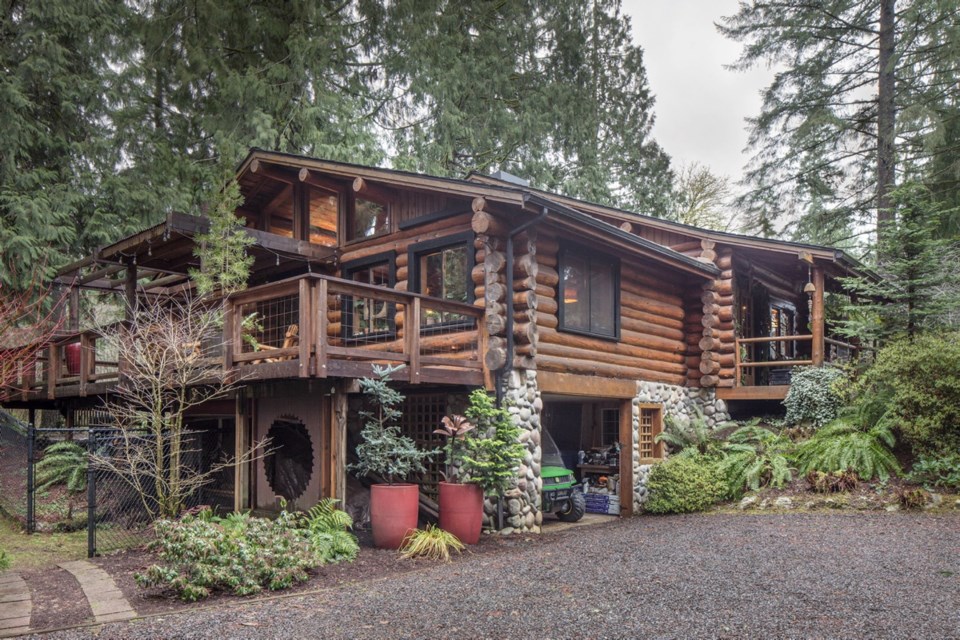WOODINVILLE, Washington — Some burglar somewhere owes Susan Headlee a bike. Hers was swiped in the early 1970s, the summer before she left Lake Oswego, Oregon, for college.
Or: precisely when the wheels of fate started turning.
Headlee stopped into a local bike shop, where eager young employee Bill Biggs helped her pick a new ride. A sweet teen summer romance blossomed, but then, Headlee shipped out to Evergreen State College and Biggs went to Portland State University.
“We stayed in touch till the next summer,” Headlee says. “I transferred to the University of Oregon, but then we went our separate ways. I always thought fondly of him.”
Headlee and Biggs married other people, and each had two children. After 35 years, fate shifted out of cruising mode and into high gear.
Biggs was a widower, and Headlee was single, when he emailed her “out of the blue” in 2006.
“We picked up where we left off and were married about three months later,” Headlee says.
Fate, as it turns out, also dabbles in esthetics.
When they reunited, Biggs lived in a rustic 1970s log home in Woodinville, in King County, Washington, on a blissful five acres of nature and nature’s favourite woodsy critters. Headlee was back in Lake Oswego, in “a suburban home typical to her neighbourhood, except for … an interior environment that took significant inspiration from rustic log homes,” Biggs says. “I knew she’d love this house.”
Headlee quit her job and moved in — and the couple originally connected by a missing bike, and possibly more than coincidence, joined creative energies to make Biggs’s home their own: 4,000 square feet of Southwestern/Native American art and furnishings, countless personal memories and one shared life.
They started outdoors, creating gardens, and adding decks, a greenhouse, a log carport and an adorable tiny house on wheels (with a Lake Oswego pillow inside). The bathrooms and kitchen were upgraded, and old flooring replaced by reclaimed wood. Biggs, who has an architecture degree but switched to corporate facility management before retiring in September, gutted and “supersized” the loft area above the great room, redoing the railing and carving out windows overlooking the kitchen and den. (“The way you put a window in a log house is with a chain saw,” he says.)
“Most of what you see is a collaborative thing we’ve done over 11 years,” says Biggs. “We’ve created this environment and like it. We’ve tried to find places to travel that are like where we live — we’re heading to Santa Fe soon. We just started buying things and shipping them home, and kept doing that.”
Tenino artist Shawn Hickox crafted the towering totem pole in the front yard, along with a raven-head piece above the opening to the kitchen, a mantel with carved owls and more ravens, a carved elk on the carport, and meaningful screened doors featuring grapes and teepees. (There’s an actual teepee in the backyard that glows with low-voltage lighting in the summer, when the canvas goes up.)
“I always wanted to live in a log house,” Headlee says. “As for the theme, the Native American and bristly, earthy kinds of things are conducive to a log home. We’re getting to the point where we have so many things on the wall” — and every well-placed piece represents a trip; a memory; a reconnection rooted in destiny, if not bicycle theft.
There’s a little hutch from Santa Fe. A corner lamp from Jackson Hole. Lamps from Mort’s Cabin in Eastlake. A chest in the master bedroom from a Lake Oswego furniture store. (“It was a great sale, as I recall,” Biggs says. “No one else wanted it.”) The curio cabinet in the dining room was Susan’s grandmother’s; the hutch was 40 per cent off at Molbak’s. One of Headlee’s friends “went out into the woods” and made the gorgeous, twiggy bedframe in one of the guest rooms.
“I want people who come in to feel welcome and warm,” she says. “If you stay long enough, you’ll see little surprises. Your house tells your story. If you enjoy where you’re living, it’s the story of your life.””



